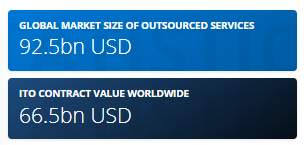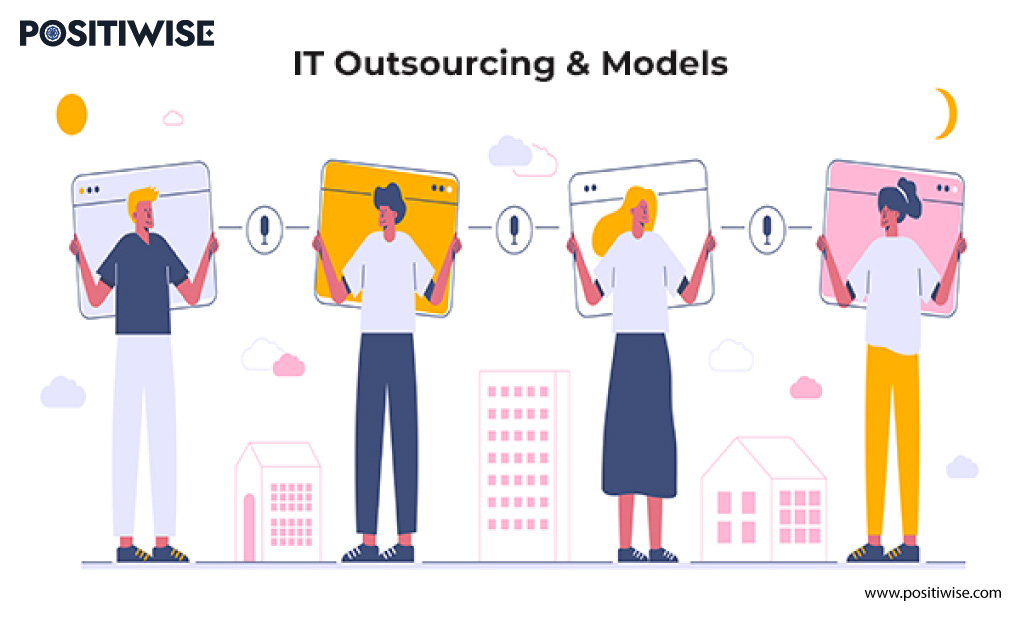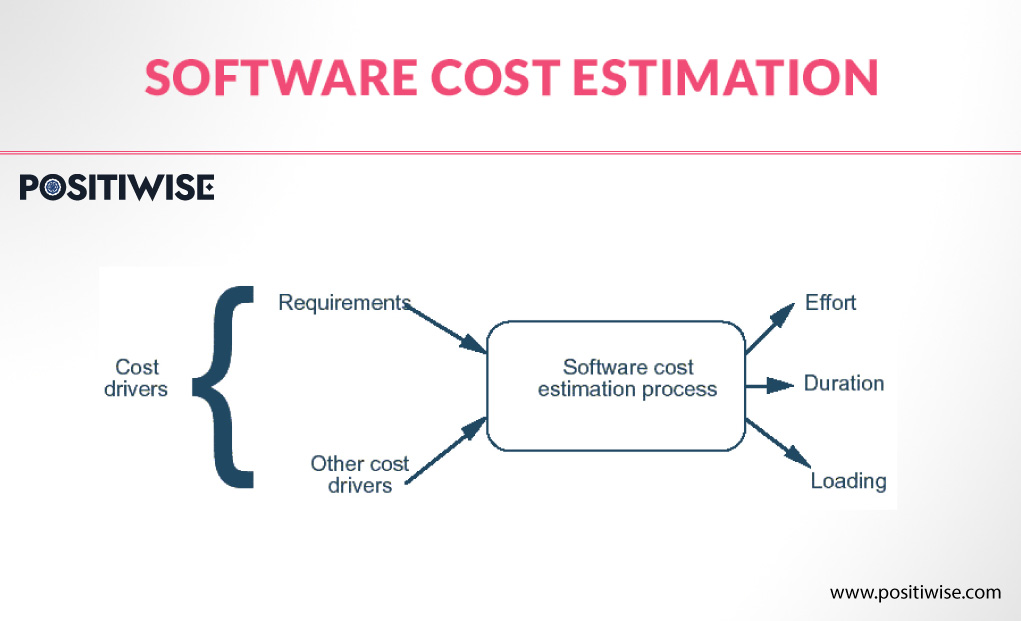With the rapid growth of technology in recent years, whether it’s a small-scale organization or a large-scale enterprise, each requires software to work. Most of them don’t have an in-house development team and find software development a complex task. And for removing such drawbacks from their success path, companies are moving to opt for IT outsourcing, as it offers various software outsourcing models to craft a futuristic application.

Moreover, the IT outsourcing sector is rapidly growing and is currently valued at 92.5 Billion USD, leading to the discovery of the most relevant IT outsourcing company.
Before directly collaborating with any IT firm, you must know the basics of its models to save cost, time, and resources.
So, let’s move further to understand the fundamentals of IT outsourcing and its models.
Why You Should Prefer IT Outsourcing?
Many organizations consider IT outsourcing rather than in-house development teams, as it provides the following benefits.
- Eliminates the cost of paying monthly payments to the staff members.
- It saves the infrastructure cost if the project team is working remotely.
- Reduces the workload of performing time-consuming recruiting procedures.
- Allows to add and remove people from the project team effortlessly.
- It terminates the hassle of gathering resources, assigning tasks, and consistently monitoring them.
- It aids you to focus on core business operations while the software development is in progress.
- You can hire the best experts with appropriate skills from a vast resource pool.
Must Know Software Outsourcing Models
Mainly, three types of IT outsourcing models function as the core pillars for collaborating with any IT firm for software product development.
Onshore, Offshore, and Nearshore are the three primary software outsourcing classifications.
Let’s have a closer look at each of them.
Onshore
Most enterprises have considered onshore the perfect choice for crafting a robust business application in recent years.
Under this model, firms collaborate with a local IT firm in the same city, province, or country. The main objective of selecting onshore services was to contact the company for any query quickly.
Seamless communication and visit on-site were the main reasons behind its popularity.
However, there can be some of its drawbacks. Such as, if the cost of software development is higher in your country, you have to pay more to your technology partner.
You can only expect a budget-friendly project if the development and resource utilization charges are less in your area.
Offshore
With the growing need for business solutions, the trend of hiring an offshore IT firm is rapidly accelerating.
In the offshore model, you join forces with a software development company in another continent or which is very far from your country.
For instance, if you are running a company in the Netherlands and your development partner is in India, it will be considered an offshore software outsourcing model.
Most companies appraise this approach to minimize the project budget, as rates of developers and essential assets can be less in the other country. In addition, you can find it difficult to manage communication due to different time zones.
Many outsourcing companies offer services according to your time zone, and you have to find a reliable IT company.
Nearshore
It comes under the nearshore model when you unite with a software development company in a border-sharing country.
For instance, if a business in France hires a software furnishing firm in Germany, you can classify it as nearshore outsourcing.
It can offer you the advantages of both onshore and offshore models, as you can quickly visit on-site, your time zone will match, or there will be only a difference of an hour or two. In addition, the development cost in a nearby country can be less in contrast to your country.
Moreover, you will have better communication and cultural similarities, leading to a more robust professional relationship.
Accelerate Your Business with Custom Software Solutions
Struggling with outdated or ineffective software? Our expert team provides custom systems designed specifically for your business needs. We analyze your operations, build solutions to fit your workflow, and integrate with existing infrastructure.
Unfolding the IT Outsourcing Price Models
Whether it’s an onshore, offshore, or nearshore development company, every firm offers standard engagement models to its clients.
Let’s check out all the approaches one by one.
Fixed Price Model
In this model, you sign a contract with the software development company, fixing the amount you have to pay for their services.
It leverages you to pay the amount according to completed milestones or when you receive the final product at the end of the project. In addition, it assures that you don’t have to pay any extra money for the services listed in the document.
Many project managers prefer this model for small-scale projects with minimum business requirements.
Time and Material-based Price Model
The most fundamental requirement of this model is to have a flexible project budget.
When you select this mechanism, you have to pay for the services as per software development time estimation and resources utilized by the team.
For instance, if your software requires only two resources and thirty days for completion, then you have to only pay for them. But, if you add additional requirements and the schedule and resources requirement gets extended, the budget will automatically increase.
It is best for large-scale software development with dynamic stakeholder needs.
Dedicated Staff Price Model
A dedicated staff model is suitable if you want the outsourced development team to work on your project only.
In this model, you hire a team of software developers of your choice to work on your project, and you are the authorized authority to assign tasks and monitor all the work.
You have direct control over every task and can add any modification until the team is available.
Most organizations prefer it for large-scale projects, where security is the top-most priority and the project schedule is long enough.
Hybrid Price Model
As the name suggests, a hybrid combines two or more IT outsourcing engagement models.
It can be a blend of fixed price with dedicated staff or material based on fixed price.
The terms and conditions can differ in every hybrid model, and it also offers to set your protocols.
For instance, if you select a fixed price with dedicated staff, you will have complete control over the project team, and you can assign them various tasks to fulfill dynamic needs by paying a fixed amount.
Rounding Up
With the emerging need for business applications, IT outsourcing is briskly gaining popularity as it aids in crafting appealing and robust software within business constraints.
Before finalizing any IT firm, every company should go through its engagement model and choose a reliable partner according to their convenience.
Whether it’s an offshore, onshore, or nearshore model, each has pros and cons. However, most industry experts prefer offshore services due to their budget-friendly development.
But, you must always analyze your business operations and requirements before selecting any IT software outsourcing and engagement model.
Expert in Marketing Strategy and Brand Recognition
Jemin Desai is Chief Marketing Officer at Positiwise Software Pvt Ltd, he is responsible for creating and accelerating the company’s marketing strategy and brand recognition across the globe. He has more than 20 years of experience in senior marketing roles at the Inc. 5000 Fastest-Growing Private Companies.






